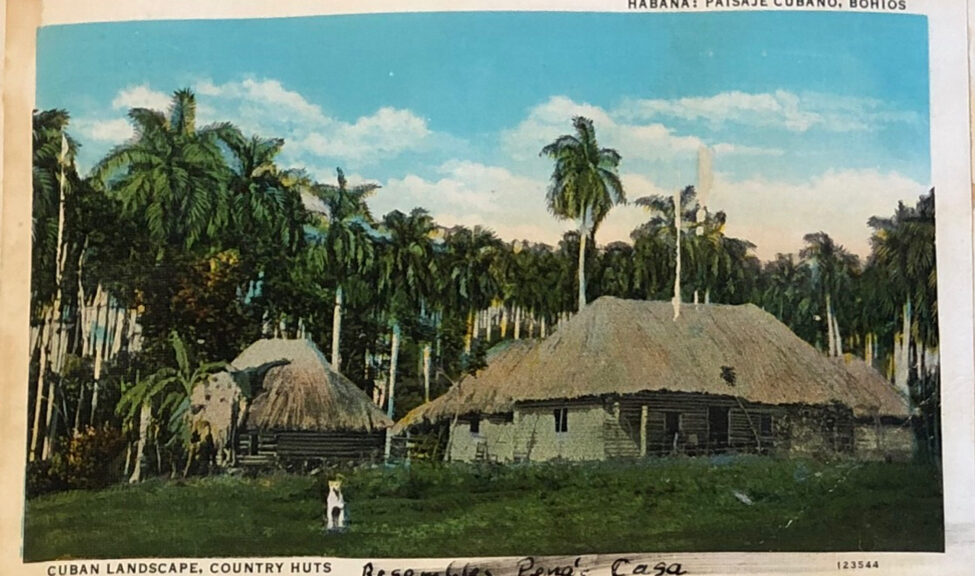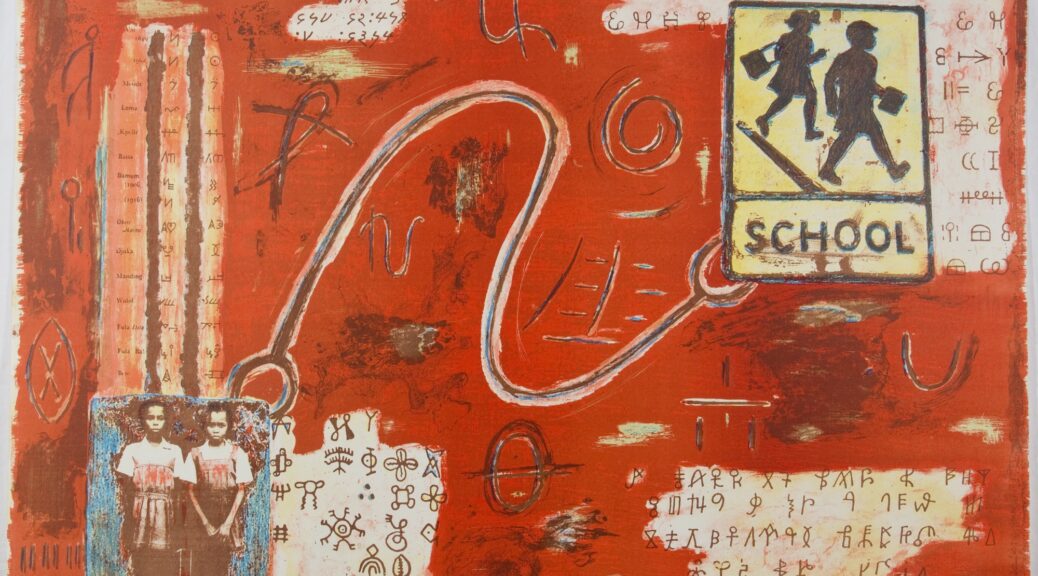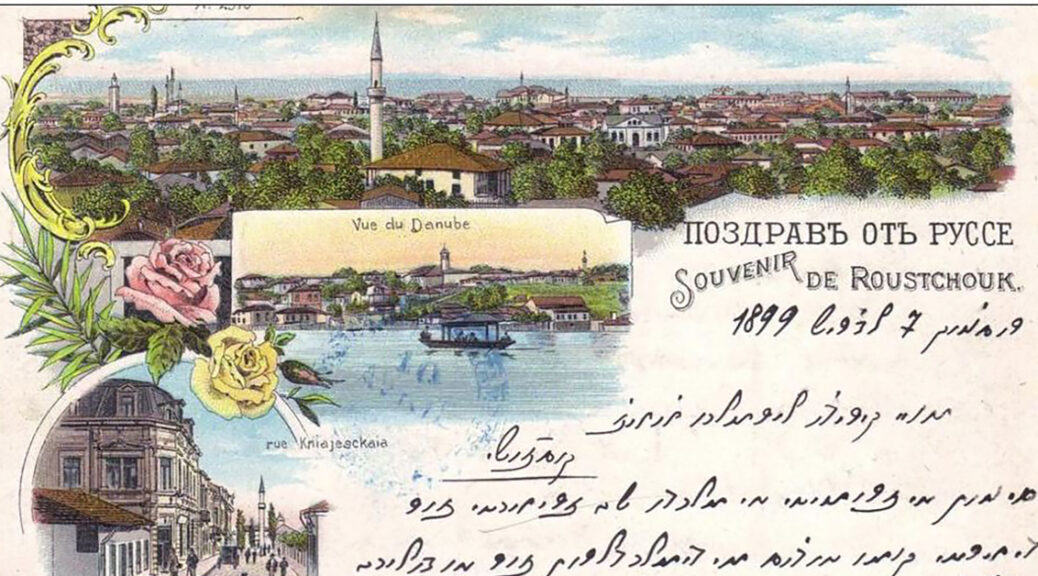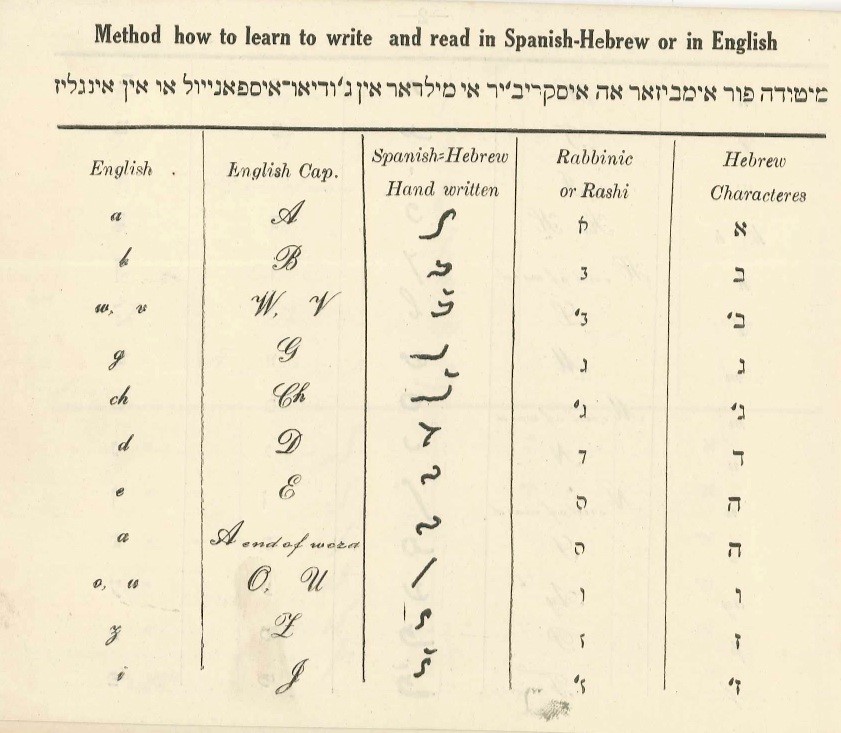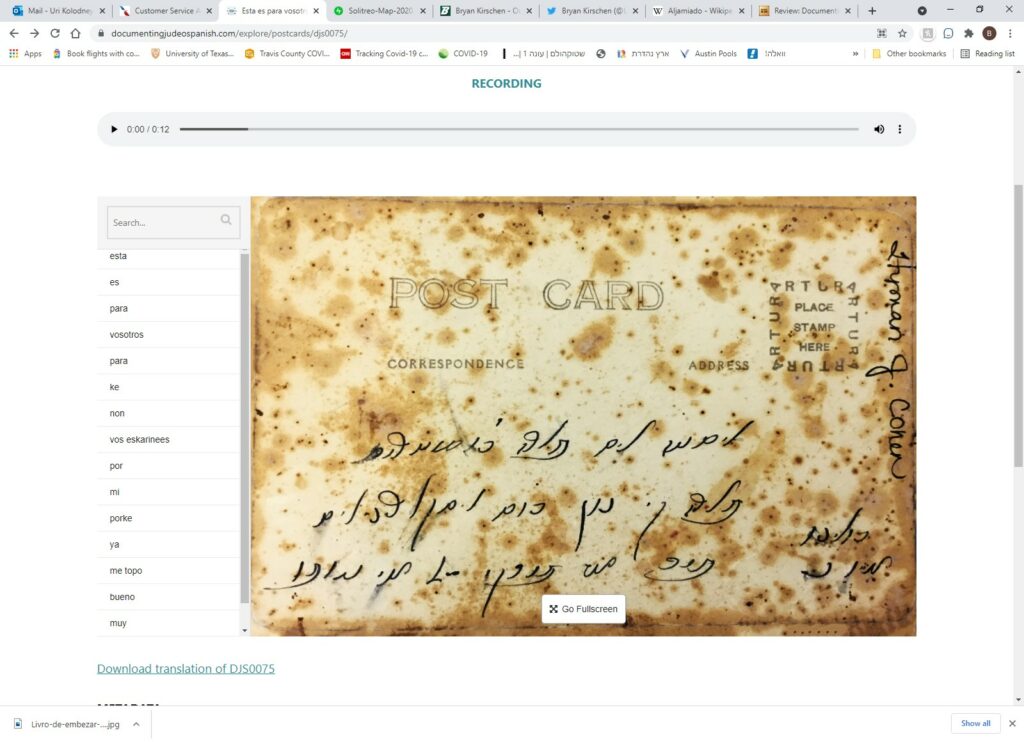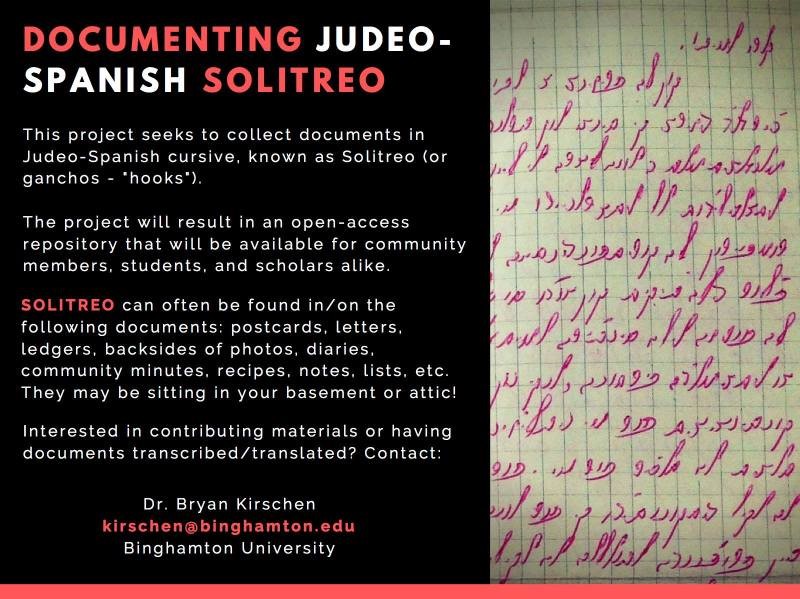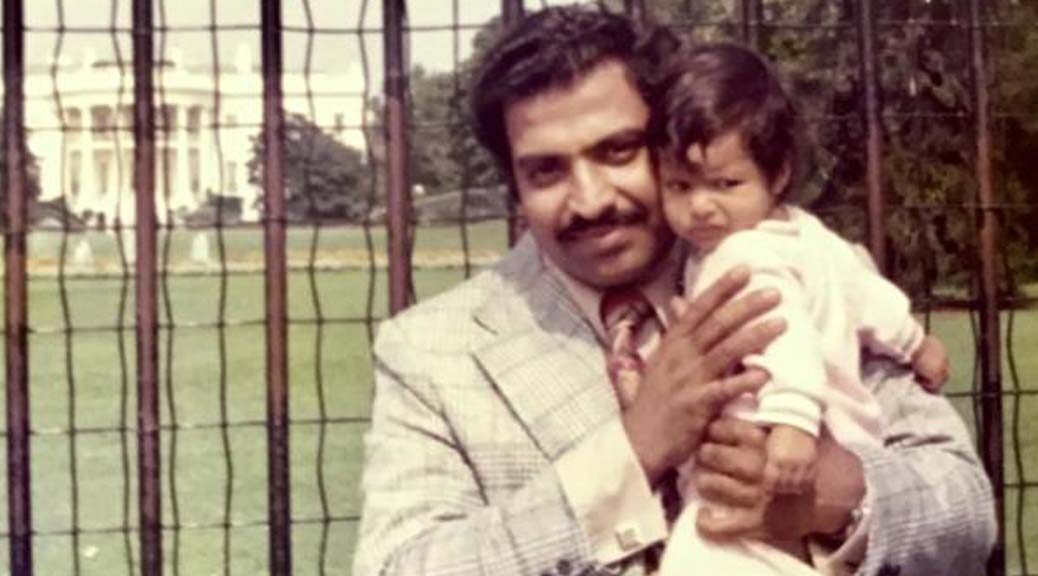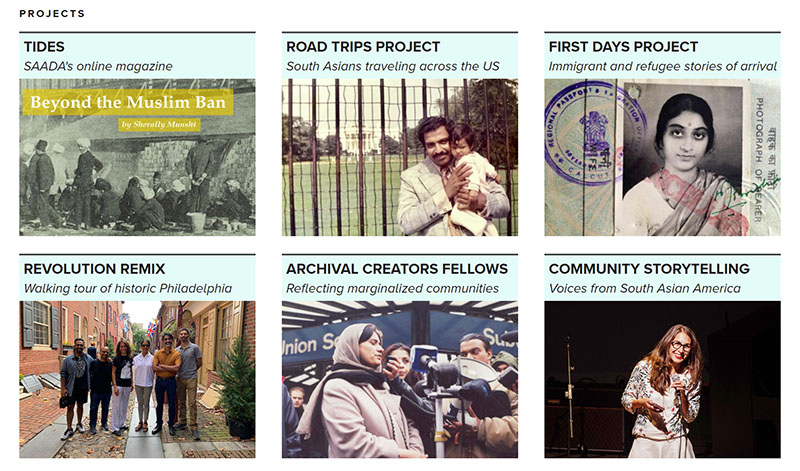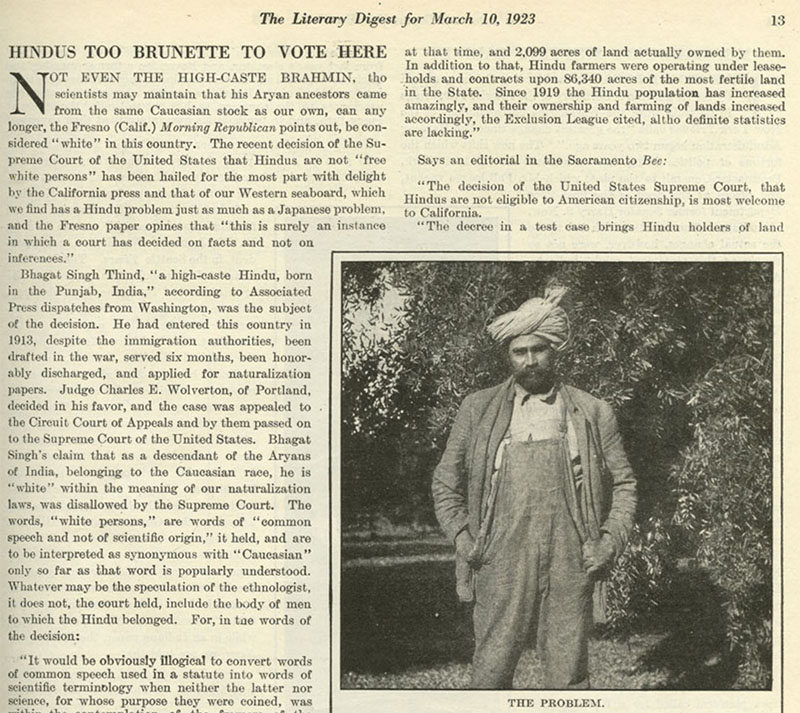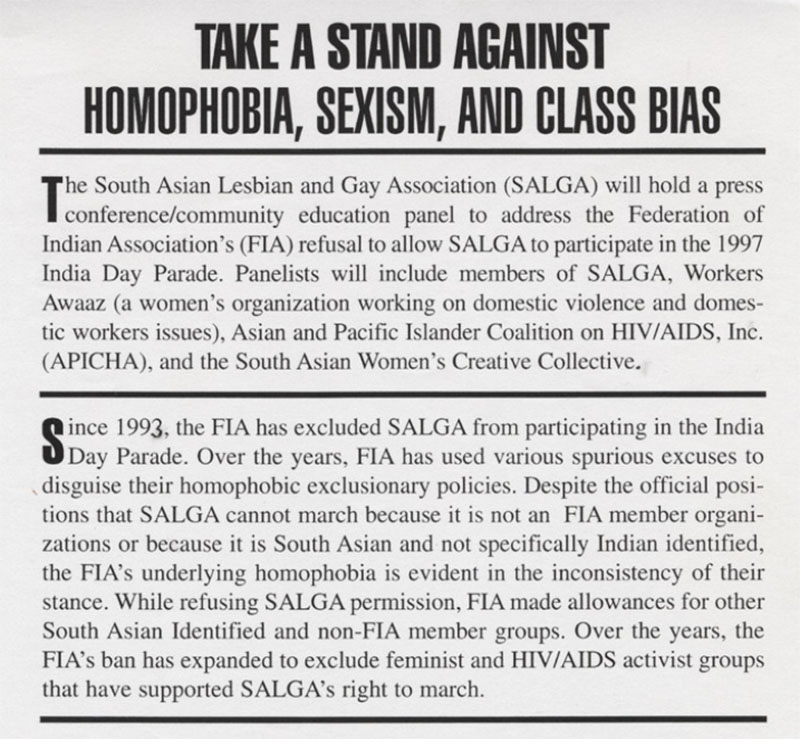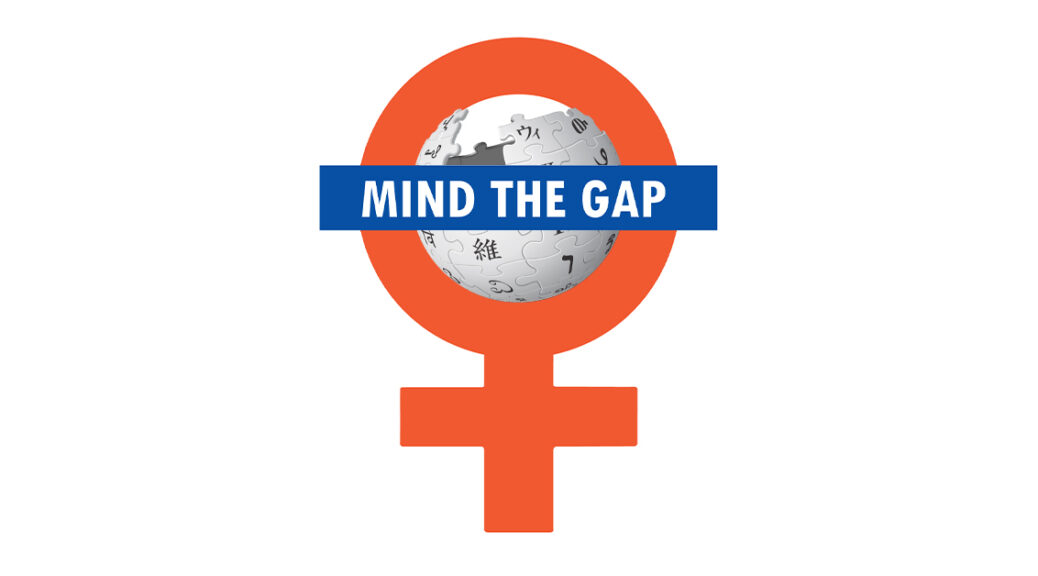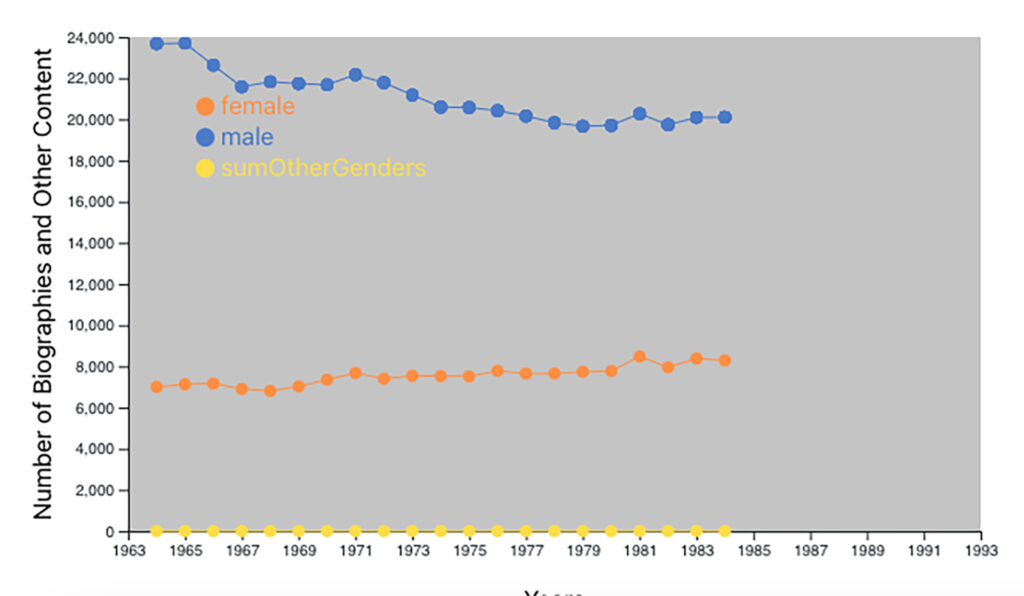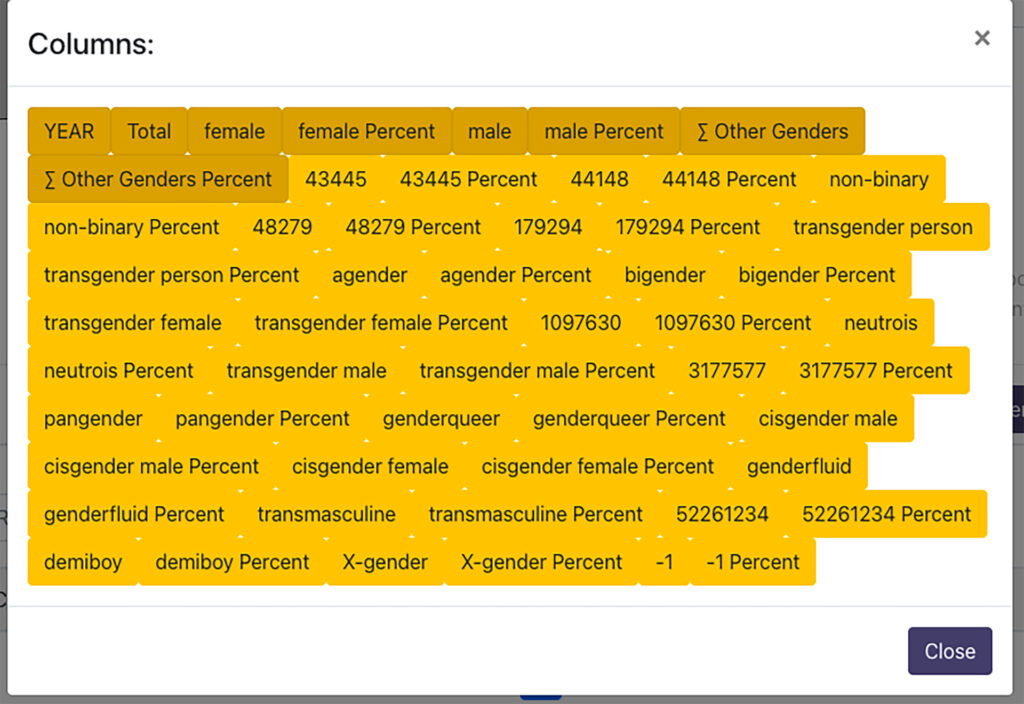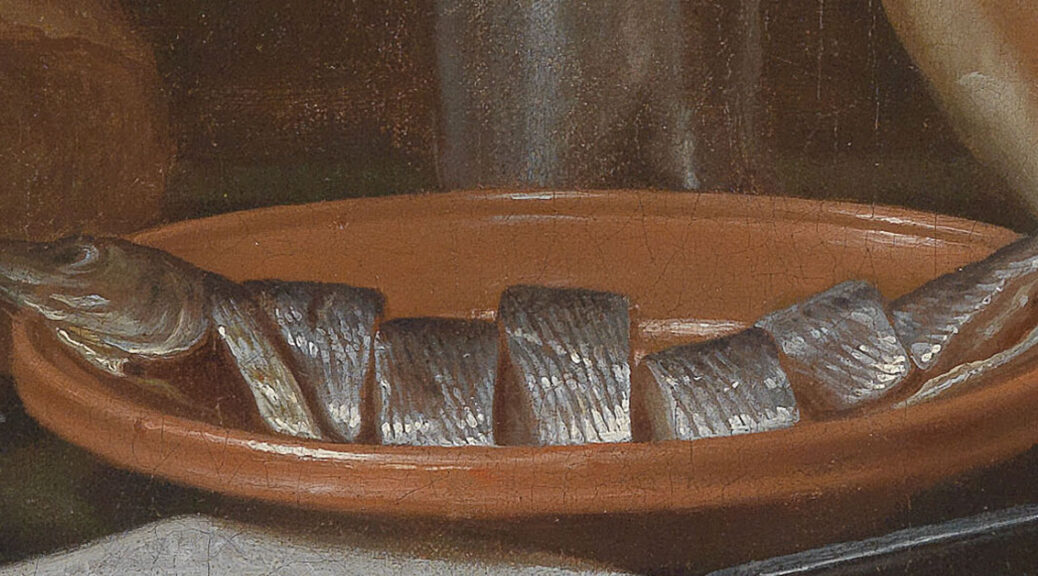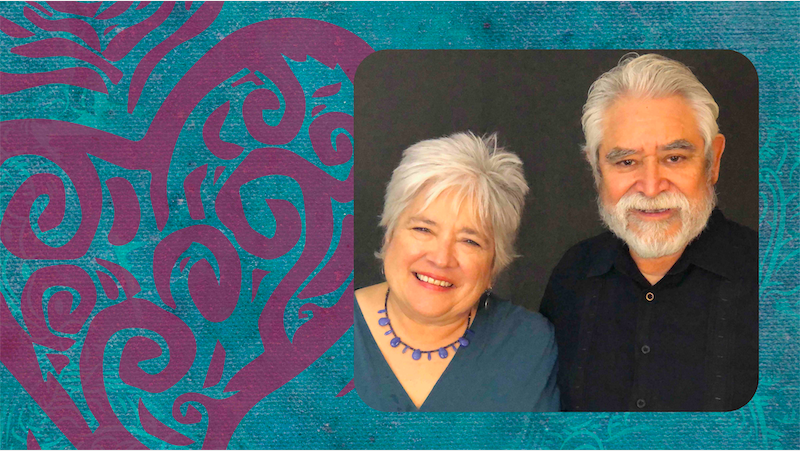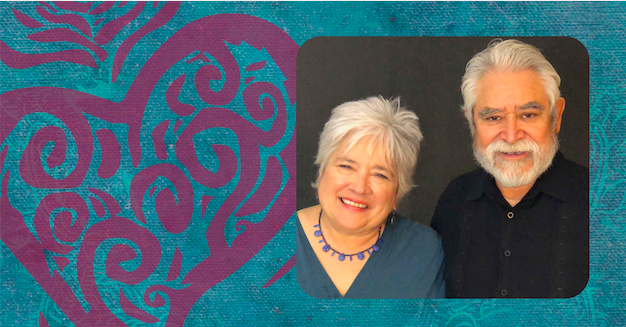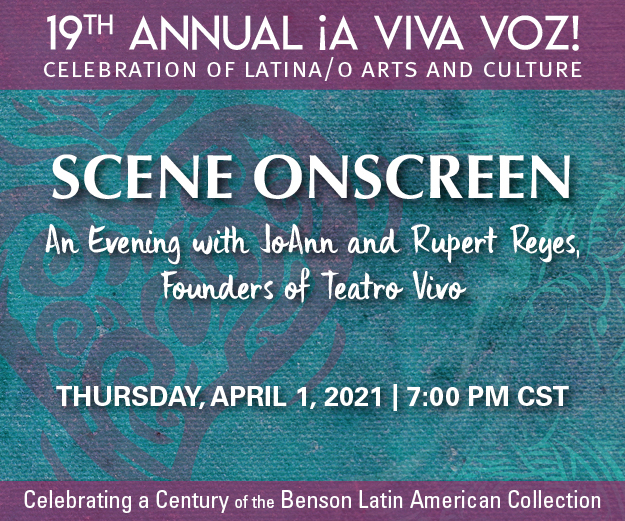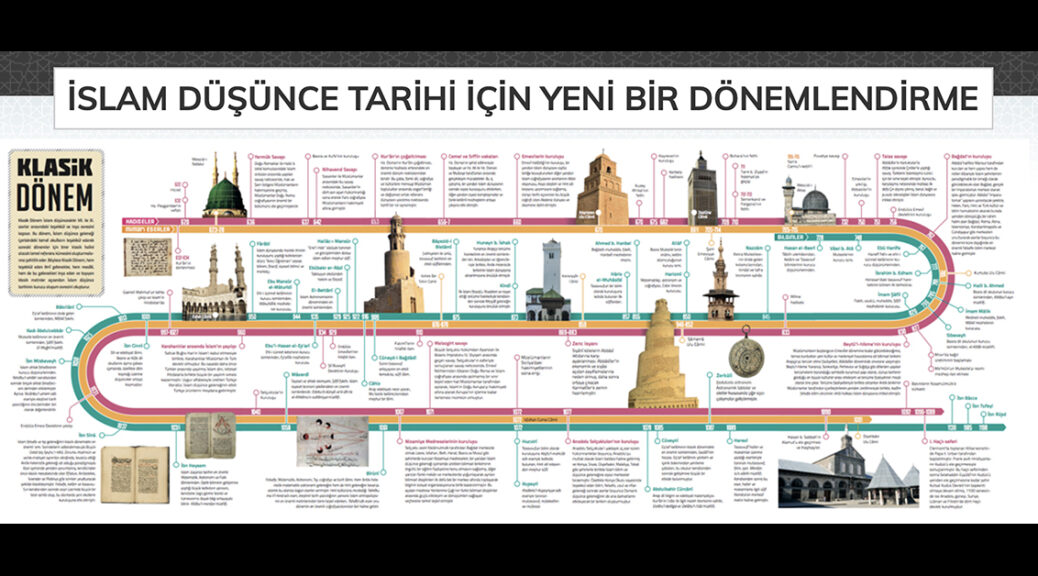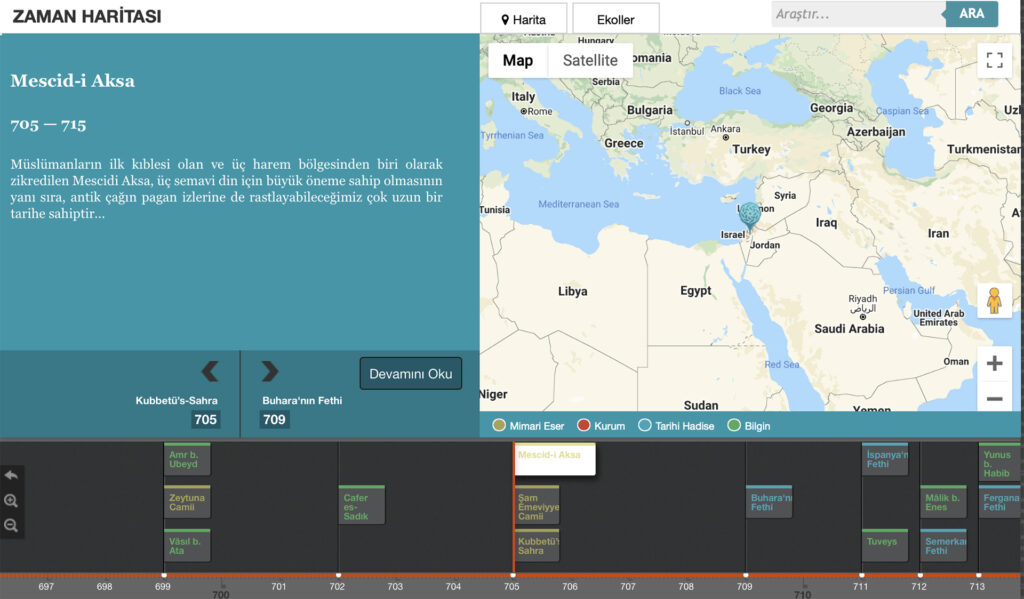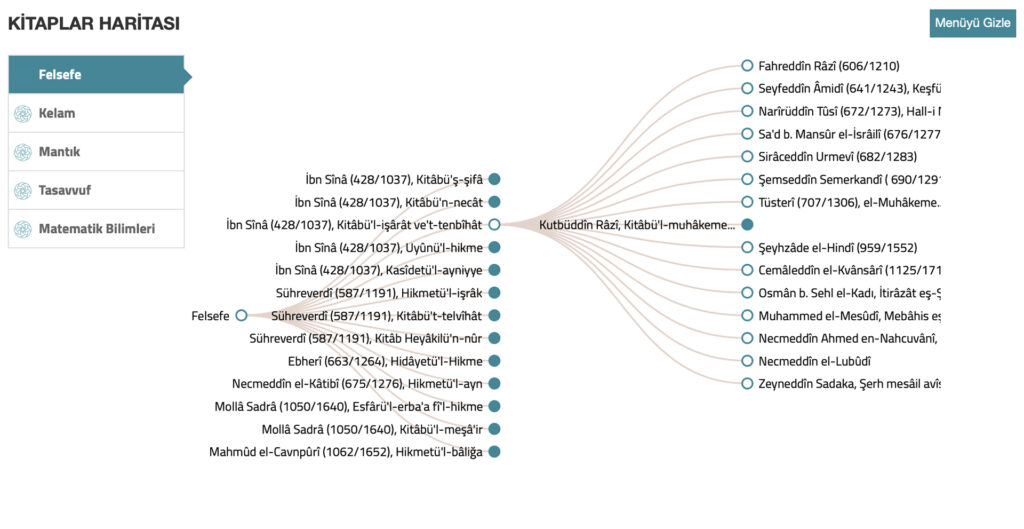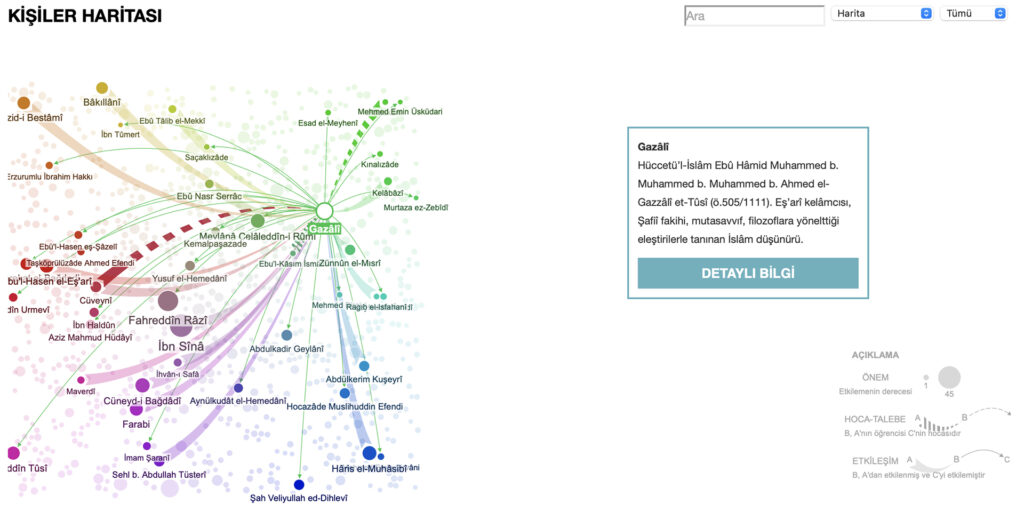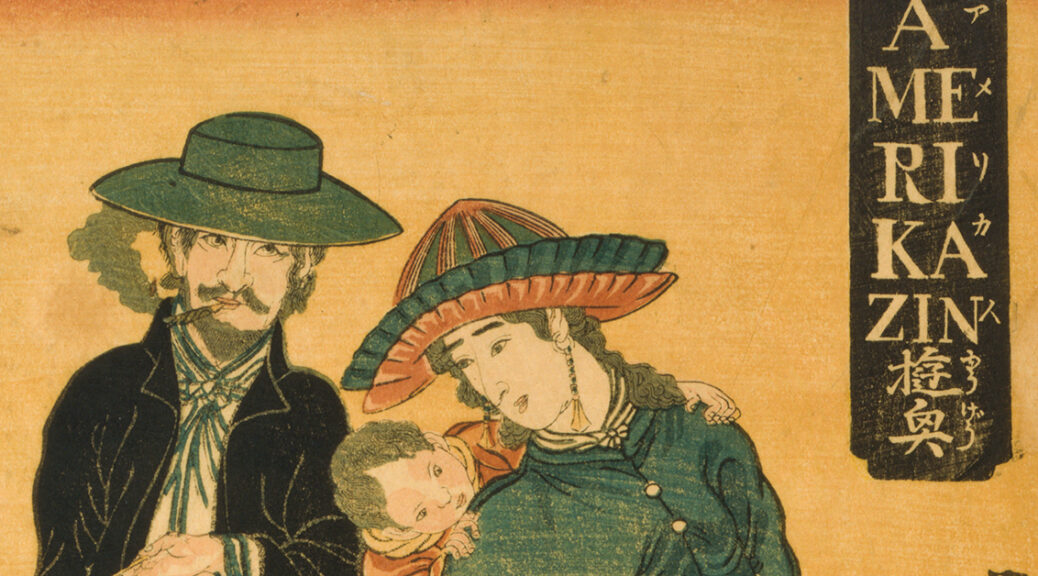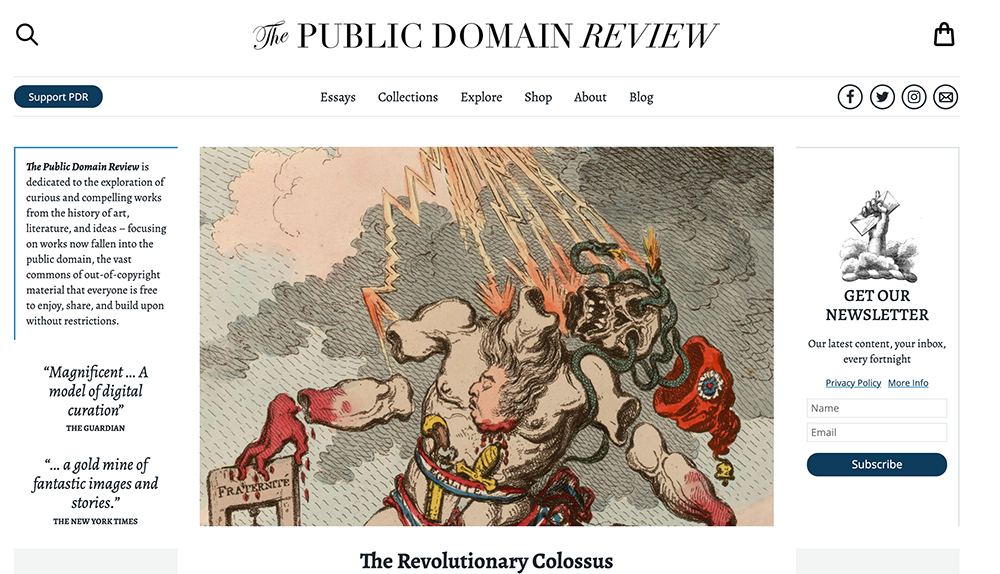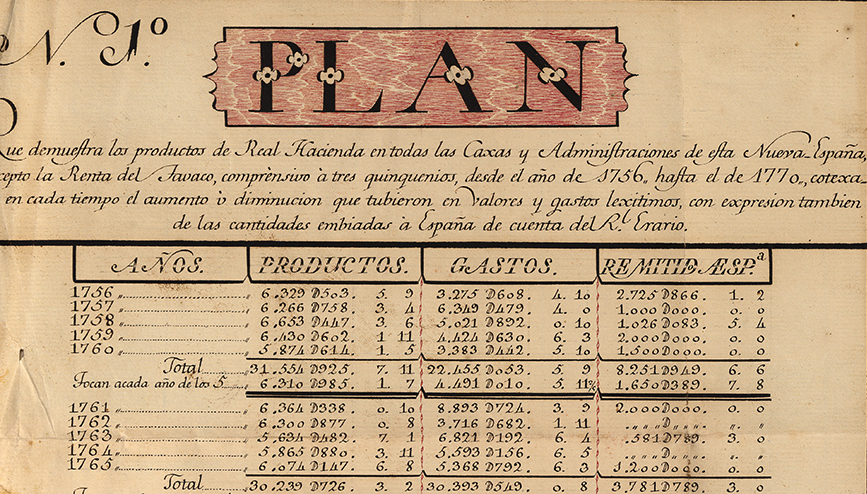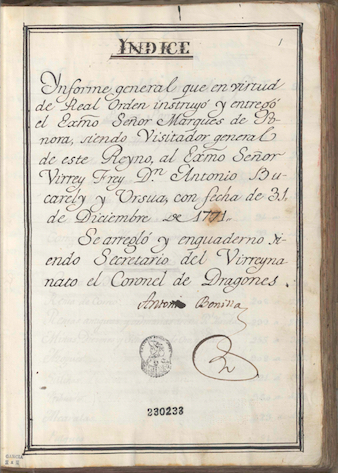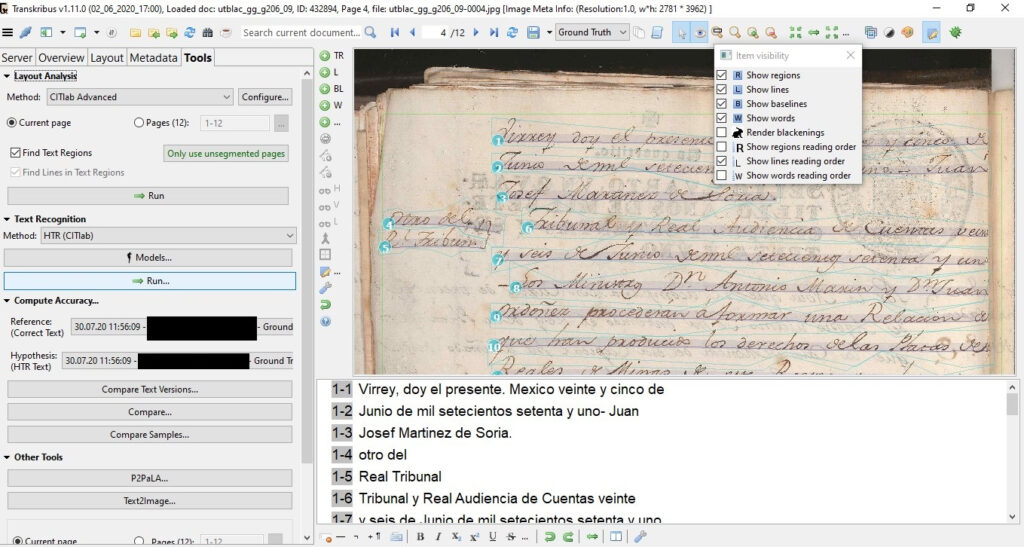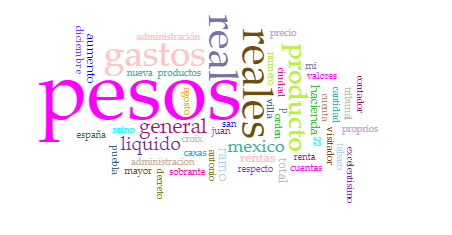BY KATIE COLDIRON
The Benson Latin American Collection is a beacon for Latin Americanist scholars the world over. It has drawn researchers to examine its archival gems, particularly its strength in holdings that shed light on Mexico and Central America. Over the past few years, the Benson has further diversified its collection to better represent other parts of Latin America and strengthen its holdings on materials from the Caribbean as well as Latinx and African diasporas in the United States. Its well-deserved status as the top Latin American and Caribbean-focused collection in the United States is what drew me to UT Austin in the first place.
Before I was an Information Studies student at UT, I was a first-time graduate student diving into academia at the University of Florida. Having found employment in UF’s Latin American and Caribbean Collection, I was soon inspired by the wide variety of unique Cuban holdings present, such as autographed first editions of works by Cuba’s national hero and author José Martí. The mentorship of scholars of Cuba like historian Lillian Guerra further drew me into Cuban Studies. Five years and many trips later, Cuba continues to capture my interests, particularly now that I live and work in Miami, where the highest number of Cuban Americans in the United States reside.
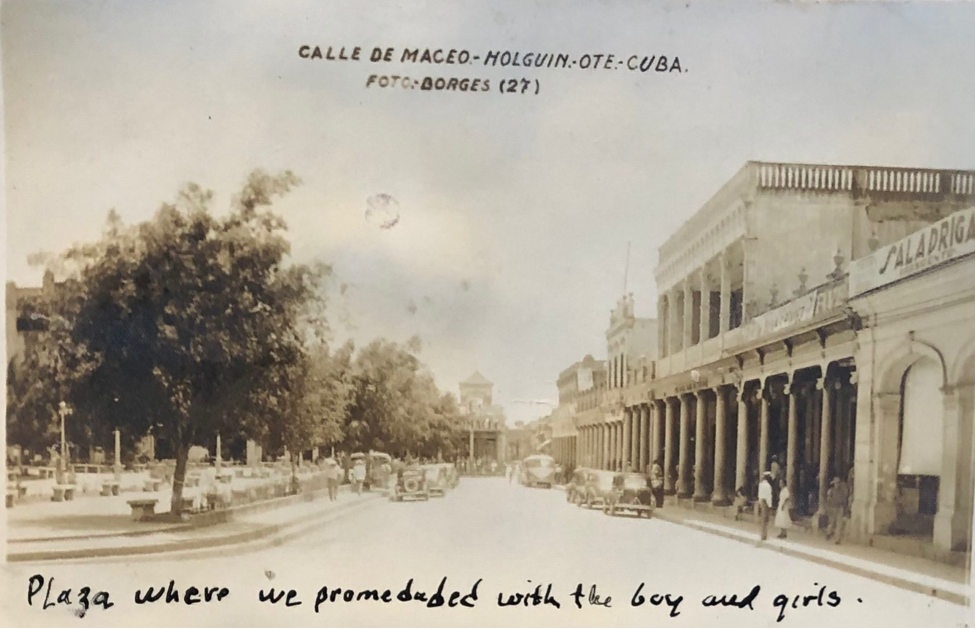
It should come as no surprise that the collection I am reviewing relates to Cuba. With the assistance of the Benson’s Caribbean Studies liaison librarian Adrian Johnson, I came across the McFarland Cuban Plantation Records. It is a bilingual collection of correspondence, company records, legal documents, news clippings, and personal photos relating to the Cuban Plantation Company of Nueces County, Texas. The company was originally organized and incorporated in New York State by twenty Pennsylvanians who came together to buy a 1000-acre plantation near Holguín, a city in eastern Cuba. The date of the incorporation, October 1, 1902, is important, as it came less than five months after the end of the four-year U.S. military occupation of Cuba following the conclusion of the Cuban War of Independence. During this turbulent period, Cubans negotiated with the legacies of Spanish colonialism as well as the neo-imperial presence of the United States at all levels of society.[1] Following the formal end of the occupation, U.S. interests did not disappear, but rather intensified, with 13,000 North Americans having bought land in Cuba by 1905.[2]
Of those twenty Pennsylvanians mentioned previously, nineteen eventually stopped paying the interest on their loans and thus ceased to be a part of the Cuban Plantation Company. The only original investor who remained was one J.F. McFarland. McFarland would eventually pass ownership of the company to his two sons, and in 1953, they officially changed the business’s name to the Cuban Plantation Company of Nueces County, Texas. During this period, their landholdings became entangled with a brewing revolutionary fervor against the brutal dictatorship of military strongman Fulgencio Batista, who was backed by multiple U.S. public and private interests. However, the story of the Cuban Revolution and the eventual agrarian reform that would affect U.S. interests like the those of the McFarlands is not a simple one.
Agrarian reform was on everyone’s minds, both inside and outside of Cuba. In June 1959, then–Prime Minister of Cuba Fidel Castro told the U.S. Ambassador to Cuba Philip Bonsal that agrarian reform was “a matter of life and death.” U.S. landowners like the McFarlands and the United Fruit Company, which was the single-largest landowner in Cuba, found the prospect of agrarian reform worrisome. As the McFarland records show, they like many others assumed that Cuba’s revolutionary experiment would not last long. For example, in a 1959 letter from J.R. McFarland, the secretary-treasurer of the Cuban Plantation Company, to lawyer Dr. Pedro Ferrer y Coba, McFarland wrote, “We also feel that the dictatorship of Castro will sooner or later terminate because of lack of finances, because he has alienated the people or governments from which he might have obtained finances.” In the same letter, McFarland also notes that the company felt they would be paid “a price below the actual worth of the land” or “in bonds of uncertain value.” As the years passed and Cuba found economic stability through a relationship with the Soviet Union, these assumptions turned into legal efforts to secure some form of compensation for expropriated properties. In the McFarland records, one can see that their efforts to receive compensation for their land continued as late as 1971.
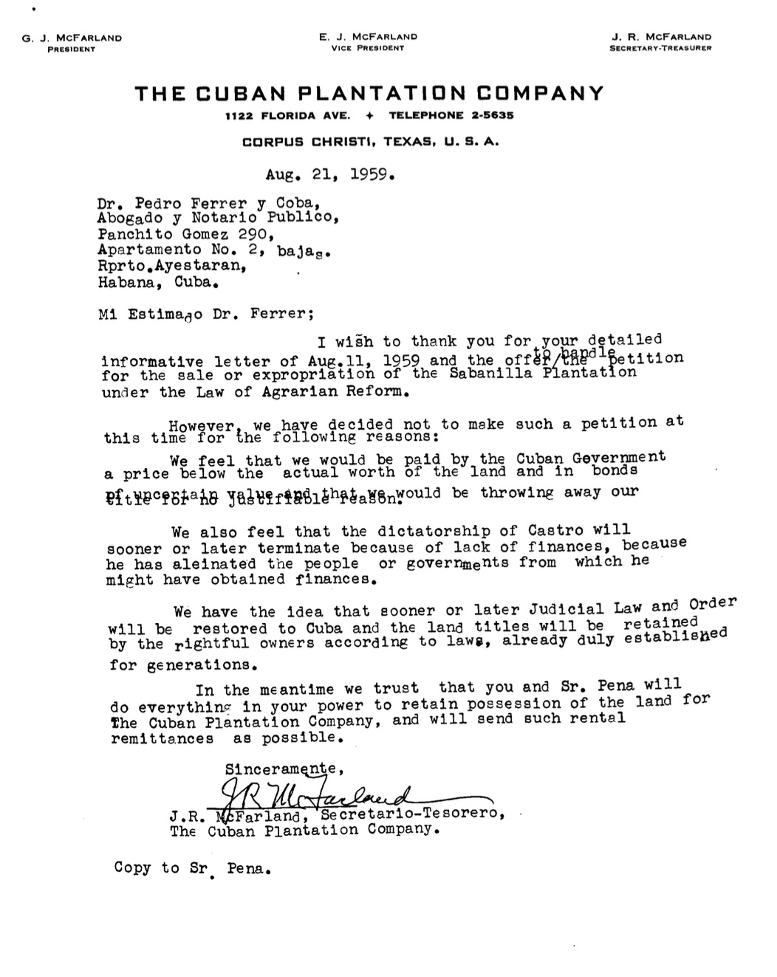
The culture of the U.S. plantation in Cuba was one in which North American custom reigned supreme, with many plantations having their own police forces subject only to the laws set by the landowner.[3] This detested system, and the poverty it created in the Cuban countryside, were so unpopular that agrarian reform was overwhelmingly supported by Cuba’s middle classes. As Lillian Guerra shows in her pivotal work on the first decade following the triumph of the Cuban Revolution, the Cuban middle classes supported agrarian reform via monetary donations, donations of agricultural machinery, and some even opening their homes to visiting guajiros (Cubans from the countryside) in a government PR initiative to open the luxuries of the city previously unavailable to them.[4]
While agrarian reform was wildly popular at its initiation, certain instances during this period foreshadow what would become an authoritarian regime. Fidel Castro directly controlled the agency tasked with instituting agrarian reform, the Instituto Nacional de Reforma Agraria, or INRA, along with a host of other government entities.[5] As he expanded his personal popularity and power, he also put his allies in positions that they were not always qualified for. For example, the medical doctor Ernesto “Che” Guevara was appointed as the head of the national bank. Urban underground activists, commonly known as “la clandestinidad,” who had fought on behalf of Castro’s 26th of July Movement, were displaced by those of the Partido Socialista Popular, a covertly Stalinist party and the not-too-distant allies of Fulgencio Batista during his first presidency and later dictatorship.[6]
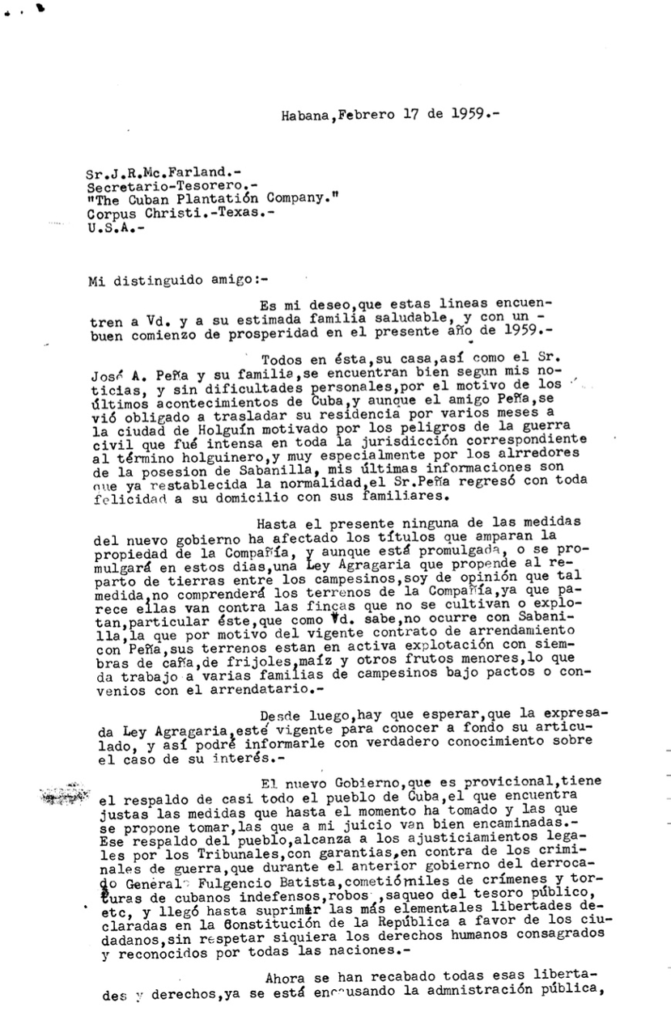
The McFarland records provide little insight into life on their farm, but the collection includes a brief memoir about a family/company trip to Cuba written by J.R. McFarland, son of J.F. The farm is romanticized as a quaint country estate, but the tenants, like other facets of Cuba in the eyes of the author, are portrayed as primitive. Furthermore, racist imagery is present throughout, with most Cubans encountered labeled as “negroes.” This label also does not take into consideration the diversity of racial identifications in Cuba, where like other parts of Latin America and the Caribbean, a variety of racial identifications exist apart from the dichotomy of “black” and “white.”[7] These instances provide important context for the plethora of social ills that arise when foreign entities control the land and people of an independent country. The agrarian reform in its infancy was a noble cause that enjoyed support from the Cuban masses and was a glimmer of hope for those seeking a more independent and egalitarian nation. Nonetheless, it would be a mistake to dismiss what came after this period of hope.
The principal crop of the Cuban Plantation Company was sugar, a hugely important product in Cuban history. Early revolutionary ideals of crop diversification and self-sufficiency were displaced for more of the same. Instead of supplying the bulk of its sugar harvest to the United States, Cuba would instead provide its cash crop to the USSR. In the Soviet era, Cuba functioned as a quasi-colony of the USSR in the Western Hemisphere. Additionally, failed agricultural initiatives like the Ten Million Ton Harvest (Zafra de los Diez Millones), which emptied other professional sectors of personnel in the name of carrying out a hefty sugar harvest, created ration shortages and the corruption of the ration system itself.[8] With the collapse of the Soviet Union in the late 1980s, Cuba faced a massive decrease in food supply, with a 50% decrease in overall food production within its own borders.[9] This food insecurity has not been overcome to this day, with increasingly difficult U.S. economic sanctions, failed state agricultural policy, dependence on a limited supply of imports, and a stagnant economic structure where success is often determined by race, gender, lucrative familial connections abroad, and geographic location.[10]
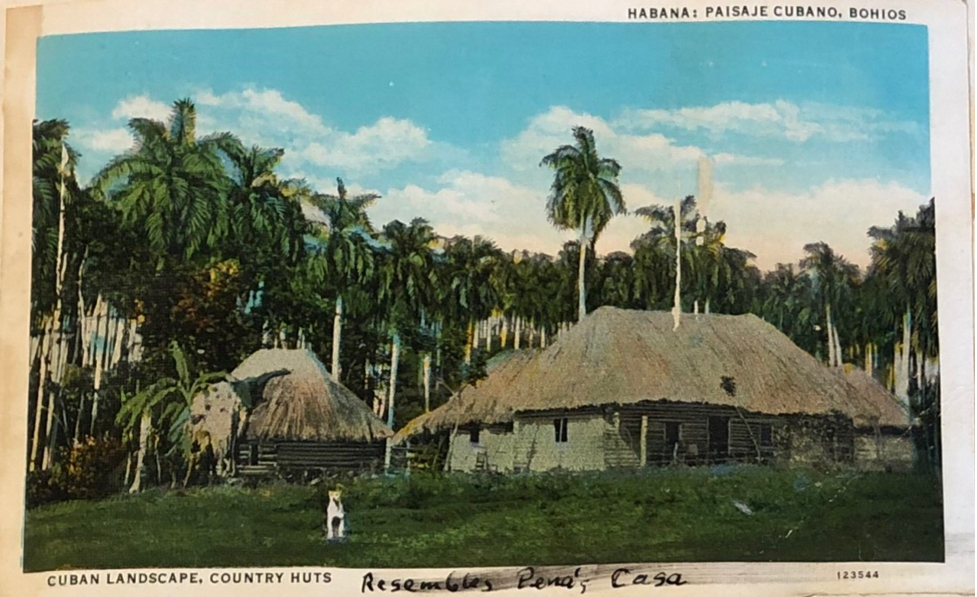
My time at UT Austin taught me much about amplifying voices that have been historically absent from the archive. At the Wolfsonian Public Humanities Lab of Florida International University, we are seeking to do just that, with strategic community partnerships around South Florida to document oral histories and create a more all-encompassing archive of the region and how different groups have experienced it. About archiving Cuban themes in South Florida, the tradition has been to almost exclusively preserve the stories of pre-1959 Cuba, prominent members of the exile community, and dissidents. While these stories are important, they should nonetheless be complemented by those of individuals who were brought up in Cold War–era and post–USSR collapse Cuba, as well as the more quotidian stories of Cuban exile life in South Florida from recent decades. As someone who has lived in and researched Cuba, I learned early on that the hyperpoliticization of the subject of Cuba leads to anyone willingly diving into post-1959, in-country themes being met with suspicion. However, for the sake of engaging research, preservation, and ultimately positive change in Cuba, these themes must not be pushed to the side.
While the situation I have described is unique, the Benson nonetheless offers a great example for these goals. The Benson’s historic holdings, like the Genaro García Collection and the Joaquín García Icazbalceta Manuscript Collection, are being complemented by newer, digitally based initiatives like the Voces Oral History Archive and post-custodial digitization in the region with partners like the Colombian Proceso de Comunidades Negras, or PCN. My hope is that one day, the archives in South Florida that more closely resemble the McFarland Collection can coexist with those of Cubans who lived through the turbulent decades of the Revolution, and those who came to Florida in later decades seeking libertad.
Throughout my professional and personal life in Florida and Cuba, I have seen both sides of the partisan battles surrounding Cuba and its contested future. On one side are those academics and activists who celebrate the successes of the Cuban Revolution without acknowledging the extent of its failures. On the other side, many in the Miami exile community, as well some U.S. politicians, are unable to see the dire human costs of the trade embargo and toughening U.S. sanctions. The lack of room for critique leads to Cubans being nothing more than symbols to justify one view or the other, while also leaving Cubans—to borrow the words of cultural anthropologist Noelle Stout—“to make the long, hot walk back to their normal lives” when they are no longer on the radar of foreigners or the exile community.[11] In this moment, a climactic and potentially transformative one for the people of Cuba, they must be seen as more than props in a partisan battle, but agents in their own destiny.
Editor’s Note: This piece was originally published September 16, 2021, in the series Journey into the Archive: History from the Benson Latin American Collection, a collaboration between the Benson and Not Even Past. View the original here.
About the Author
A native of Kentucky, Katie L. Coldiron moved to Florida in 2016 to pursue a master’s degree at the University of Florida’s Center for Latin American Studies, and she undertook her thesis research in Cuba under the advisement of Dr. Lillian Guerra. She was also introduced to library and archival work at UF, and parlayed different roles held during her time as a student into a position digitizing Cuban Judaica items and periodicals on the ground in Havana, all part of a post-custodial digitization project undertaken by the UF George A. Smathers Libraries. Following this experience, Katie enrolled in a library and information science master’s program at The University of Texas at Austin. During her time at UT Austin, Katie served as a graduate research assistant for digital projects at the UT Libraries, where she assisted area studies librarians on various facets of their digital projects. She also was a FLAS fellow at the Teresa Lozano Long Institute of Latin American Studies. Katie is currently working as the Digital Archivist and Project Manager for the Wolfsonian Public Humanities Lab at Florida International University. She can be found on Twitter: @katielcoldiron.
Notes
[1] Mariel Iglesias Utset, A Cultural History of Cuba During the U.S. Occupation, 1898–1902 (Chapel Hill: The University of North Carolina Press, 2011).
[2] Louis M. Pérez, On Becoming Cuban: Identity, Nationality, and Culture (Chapel Hill: The University of North Carolina Press, 1999).
[3] Ibid.
[4] Lillian Guerra, Visions of Power in Cuba: Revolution, Redemption, and Resistance, 1959–1971 (Chapel Hill: The University of North Carolina Press, 2012).
[5] Ibid.
[6] Ibid.
[7] Devyn Spence Benson, Antiracism in Cuba: The Unfinished Revolution (Chapel Hill: The University of North Carolina Press, 2016).
[8] Guerra, 2012.
[9] Pérez, 2019.
[10] Hannah Garth, Food in Cuba: The Pursuit of a Decent Meal (Stanford, CA: Stanford University Press, 2020).
[11] Noelle M. Stout, After Love: Queer Intimacy and Erotic Economies in Post-Soviet Cuba (Durham, NC: Duke University Press, 2014).

